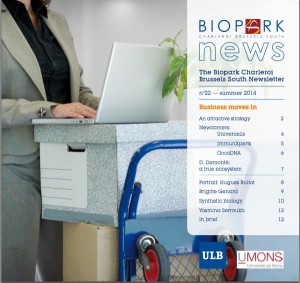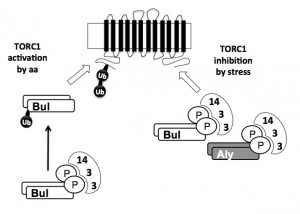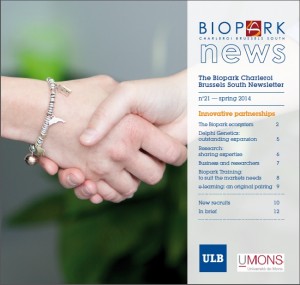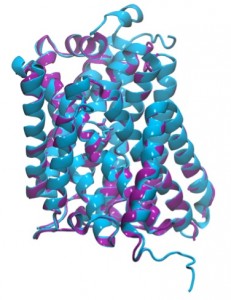A commission of ULB selected the application of Forent Corillon for a one-year PhD “assistant” fellowship. Florent, who previously did his master thesis in the lab on the structure-function relatioships of the Ssy1 sensor, will now investigate the signalling properties of the yeast Gap1 permease. He will also be involved in the supervision of practical works for students. Congratulations to him and good luck with this new project.
|
|||||
|
We are pleased to welcome a new pregraduate student, Nathan Fraikin, in the lab. During his master thesis, Nathan will study the role of phosphorylation in the endocytosis and intracellular traffic of the yeast Gap1 permease. B André attended the last “Yeast Genetics meeting” which took place July 29-August 3 in Seattle (USA) at the Washington University. The very interesting program also included a special lecture by George Church (Harvard univ.) about synthetic biology. Below pictures of the campus and Seattle.
On April 3rd, Kassem Ghaddar publicly presented his PhD work entitled “Structural analysis of yeast amino acid transporters : substrate binding and substrate-induced endocytosis” and received his PhD diploma. A great moment for Kassem, who was surrounded by colleages, friends, and family members. Kassem will soon undertake a postdoc in another lab in Begium. Thanks a lot to him for his key contribution to our study of yeast amino acid transporters, and good luck in everything. Melody Cools and Bruno André attended and contributed to the 4th Symposium organized by the Cystinosis Research Foundation on March 6-7, 2014 at the Beckman Center of the National Academies of Engineering and Science, Irvine, California. The mission of this conference was to unite CRF funded researchers in an effort to encourage collaboration and accelerate the research process. The keynote speaker at the symposium was Dr. Ana Maria Cuervo, a world renowned expert in the field of autophagy.
In a novel paper by Debailleul et al. published in Microbial Cell Factories in collaboration with Dr. Cédric Govaerts (Lab of Structure and function of biological membranes, ULB), we report the development of a new inductible expression system in yeast based on the promoter of the GAP1 gene encoding the general amino acid permease. Using this system, a protocol has been implemented to purify in a few days milligrams of the Gap1 permease from yeast cells. This opens important perspectives for future works on the structure-function relationships of this membrane transporter. Nitrogen catabolite repressible GAP1 promoter, a new tool for efficient recombinant protein production in S. cerevisiae. Debailleul F, Trubbia C, Frederickx N, Lauwers E, Merhi A, Ruysschaert JM, André B, Govaerts C. |
|||||
|
Copyright © 2025 Molecular Physiology of the Cell - All Rights Reserved Powered by WordPress & Atahualpa |
|||||














